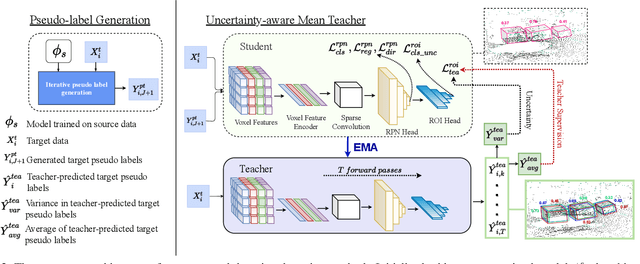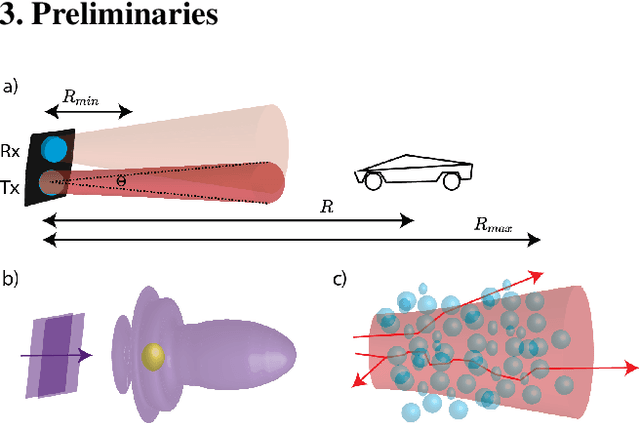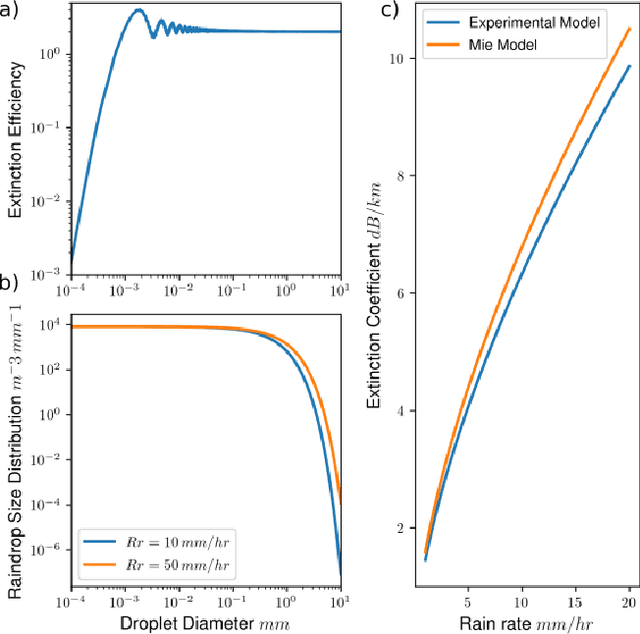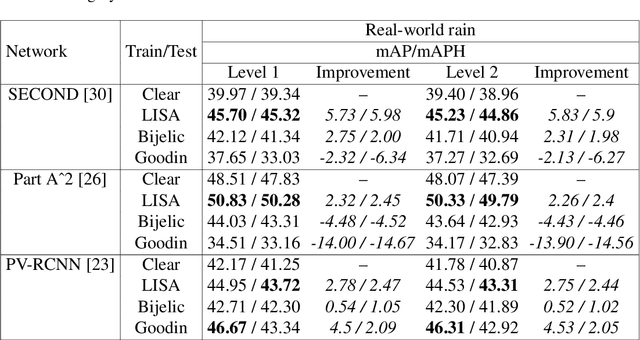A. Brinton Cooper
Machine Learning Resistant Amorphous Silicon Physically Unclonable Functions (PUFs)
Feb 05, 2024Abstract:We investigate usage of nonlinear wave chaotic amorphous silicon (a-Si) cavities as physically unclonable functions (PUF). Machine learning attacks on integrated electronic PUFs have been demonstrated to be very effective at modeling PUF behavior. Such attacks on integrated a-Si photonic PUFs are investigated through application of algorithms including linear regression, k-nearest neighbor, decision tree ensembles (random forests and gradient boosted trees), and deep neural networks (DNNs). We found that DNNs performed the best among all the algorithms studied but still failed to completely break the a-Si PUF security which we quantify through a private information metric. Furthermore, machine learning resistance of a-Si PUFs were found to be directly related to the strength of their nonlinear response.
Improved OFDM Signal Cancellation through Window Estimation
Mar 22, 2023



Abstract:The ability to cancel an OFDM signal is important to many wireless communication systems including Power-Domain Non-orthogonal Multiple Access (PD-NOMA), Rate-Splitting Multiple Access (RSMA), and spectrum underlay for dynamic spectrum access. In this paper, we show that estimating the windowing applied at the transmitter is important to that cancellation. Windowing at the transmitter is a popular means to control the bandwidth of an Orthogonal Frequency Division Multiplexed (OFDM) symbol and is overlooked in most literature on OFDM signal cancellation. We show the limitation to the amount of cancellation that can be achieved without knowledge of OFDM windowing. We show that the window can be estimated from received samples alone, and that window estimate can be used to improve the signal cancellation. The window is estimated in the presence of noise and imperfect estimates of the center frequency offset (CFO) and the channel. We conclude with results using synthetic and over-the-air data where we demonstrate a 5.3 dB improvement to OFDM signal cancellation over existing methods in an over-the-air experiment.
Covert Communications through Imperfect Cancellation
Jan 25, 2022



Abstract:We propose a method for covert communications using an IEEE 802.11 OFDM/QAM packet as a carrier. We show how to hide the covert message so that the transmitted signal does not violate the spectral mask specified by the standard, and we determine its impact on the OFDM packet error rate. We show conditions under which the hidden signal is not usable and those under which it can be retrieved with a usable bit error rate (BER). The hidden signal is extracted by cancellation of the OFDM signal in the covert receiver. We explore the effects of the hidden signal on OFDM parameter estimation and the covert signal BER. We conclude with an experiment using Over-The-Air recordings of 802.11 packets, inject the hidden
Uncertainty-aware Mean Teacher for Source-free Unsupervised Domain Adaptive 3D Object Detection
Sep 29, 2021



Abstract:Pseudo-label based self training approaches are a popular method for source-free unsupervised domain adaptation. However, their efficacy depends on the quality of the labels generated by the source trained model. These labels may be incorrect with high confidence, rendering thresholding methods ineffective. In order to avoid reinforcing errors caused by label noise, we propose an uncertainty-aware mean teacher framework which implicitly filters incorrect pseudo-labels during training. Leveraging model uncertainty allows the mean teacher network to perform implicit filtering by down-weighing losses corresponding uncertain pseudo-labels. Effectively, we perform automatic soft-sampling of pseudo-labeled data while aligning predictions from the student and teacher networks. We demonstrate our method on several domain adaptation scenarios, from cross-dataset to cross-weather conditions, and achieve state-of-the-art performance in these cases, on the KITTI lidar target dataset.
Lidar Light Scattering Augmentation (LISA): Physics-based Simulation of Adverse Weather Conditions for 3D Object Detection
Jul 14, 2021



Abstract:Lidar-based object detectors are critical parts of the 3D perception pipeline in autonomous navigation systems such as self-driving cars. However, they are known to be sensitive to adverse weather conditions such as rain, snow and fog due to reduced signal-to-noise ratio (SNR) and signal-to-background ratio (SBR). As a result, lidar-based object detectors trained on data captured in normal weather tend to perform poorly in such scenarios. However, collecting and labelling sufficient training data in a diverse range of adverse weather conditions is laborious and prohibitively expensive. To address this issue, we propose a physics-based approach to simulate lidar point clouds of scenes in adverse weather conditions. These augmented datasets can then be used to train lidar-based detectors to improve their all-weather reliability. Specifically, we introduce a hybrid Monte-Carlo based approach that treats (i) the effects of large particles by placing them randomly and comparing their back reflected power against the target, and (ii) attenuation effects on average through calculation of scattering efficiencies from the Mie theory and particle size distributions. Retraining networks with this augmented data improves mean average precision evaluated on real world rainy scenes and we observe greater improvement in performance with our model relative to existing models from the literature. Furthermore, we evaluate recent state-of-the-art detectors on the simulated weather conditions and present an in-depth analysis of their performance.
 Add to Chrome
Add to Chrome Add to Firefox
Add to Firefox Add to Edge
Add to Edge